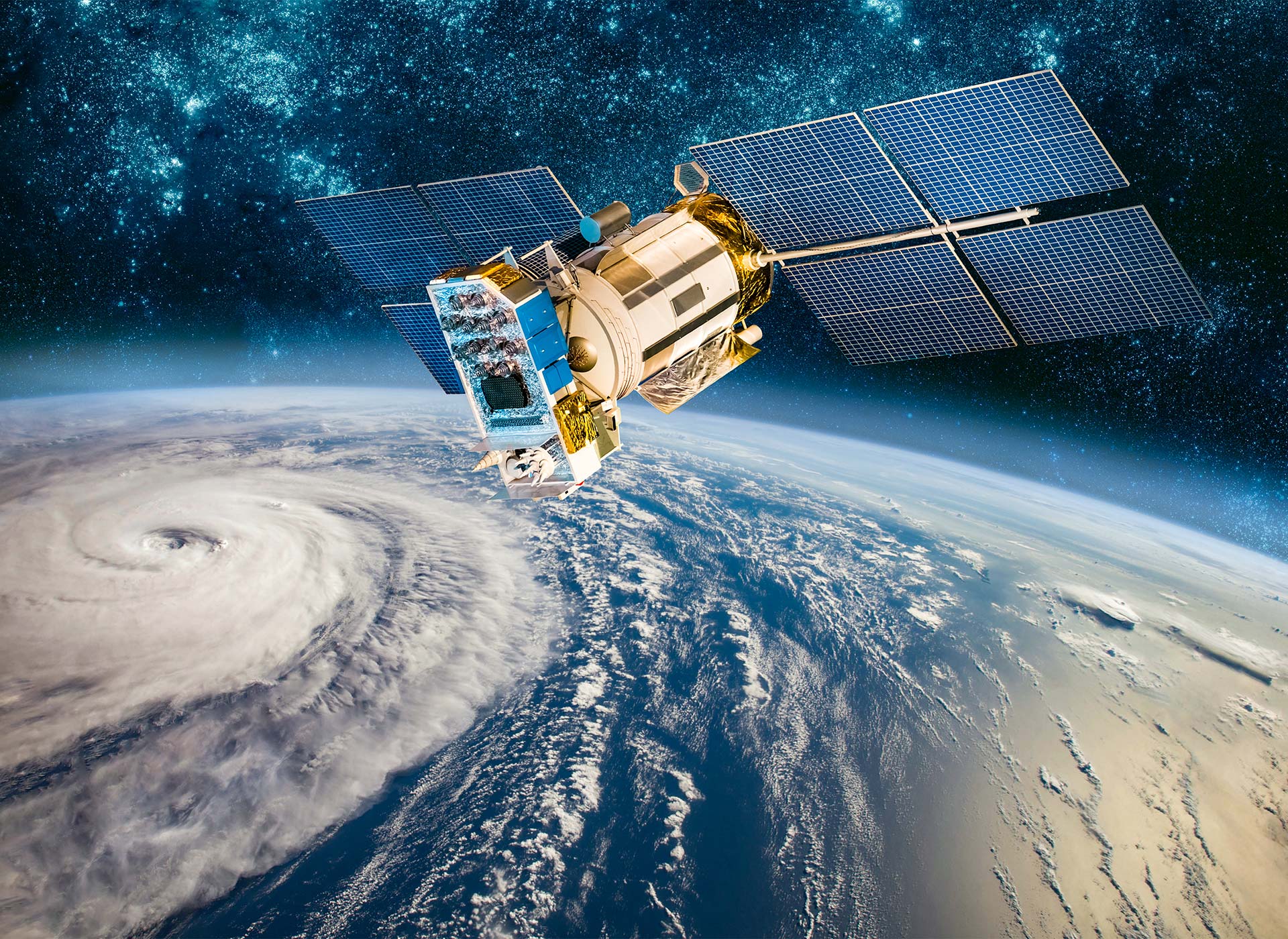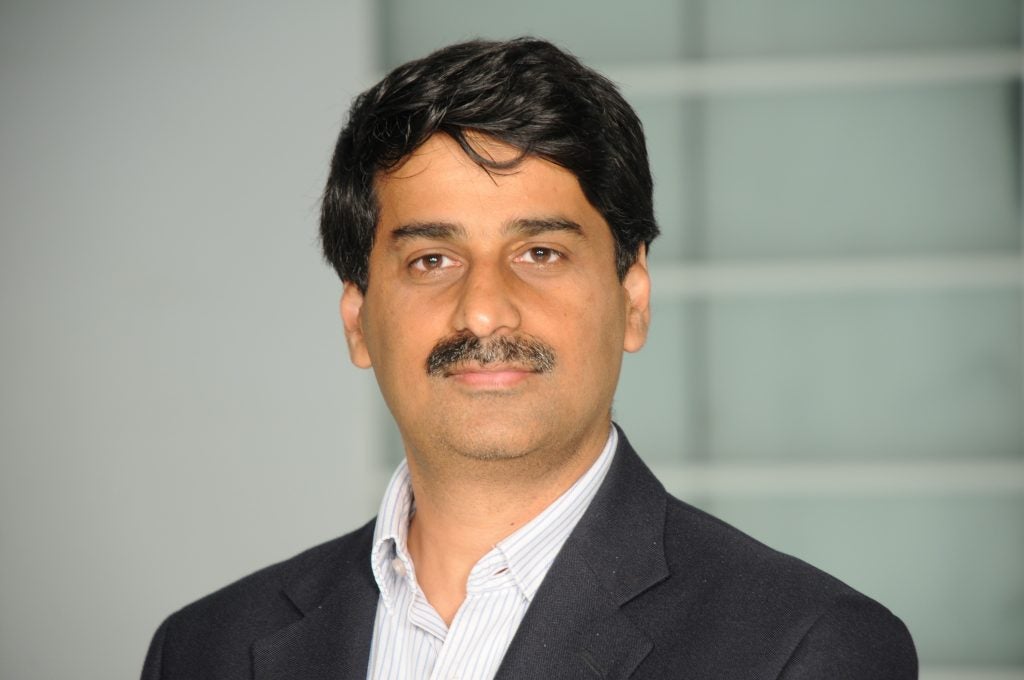
Researchers have harnessed artificial intelligence (AI) to produce a breakthrough in the design of satellite configurations that solves a decades-old issue with their deployment.
The question of how to efficiently provide global coverage is as old as the satellite industry, with issues such as the gravity fields of the Earth, Sun and Moon, satellites’ own mass and solar radiation making a solution challenging.
In the 80s, John E Draim proposed the four-satellite constellation, which is in many ways the perfect solution. But there was a problem: in order to keep each satellite in the correct place, vast amounts of propellant was required – far more than was economically viable. As a result, despite being ideal on paper the four-satellite constellation has not become a reality.
However, in a paper published today in the journal Nature Communications, a group of scientists led by Patrick Reed, the Joseph C. Ford Professor of Engineering at Cornell University, have detailed a solution that resolves the issue, making four-satellite constellations possible.
By using AI-based evolutionary computing search tools, the team have found the ideal combination of factors that removes the need for vast amounts of fuel to keep the satellites in place.
Breakthrough satellite configuration harnesses energy to keep satellites in place
The researchers solved the problem in an ingenious manner. In their breakthrough configuration, all the forces that typically work against the satellite, pulling it out of position, are instead harnessed to help it, by providing a source of energy for the satellite to harvest.
How well do you really know your competitors?
Access the most comprehensive Company Profiles on the market, powered by GlobalData. Save hours of research. Gain competitive edge.

Thank you!
Your download email will arrive shortly
Not ready to buy yet? Download a free sample
We are confident about the unique quality of our Company Profiles. However, we want you to make the most beneficial decision for your business, so we offer a free sample that you can download by submitting the below form
By GlobalData“One of the interesting questions we had was, can we actually transform those forces? Instead of degrading the system, can we actually flip it such that the constellation is harvesting energy from those forces and using them to actively control itself?” said Reed.
This was found by running the data on hundreds of thousands of potential orbits and combinations of factors through a supercomputer at the University of Illiniois, Urbana-Champaign known as Blue Waters, which allowed computational processes that would have otherwise taken hundreds of years to finish to be run in just a month.
The research produced two models that provide near-total global coverage, allowing the satellites to orbit for either 24 or 48-hour periods and covering 86% and 95% of the globe respectively.
Although 100% coverage is considered the holy grail, sacrificing a relatively small amount of coverage produced dramatic improvements in how much energy can be harvested and so how effectively constellations can operate.
Furthermore, the outages can be controlled, ensuring that it would only impact very remote areas, and only result in a loss of coverage for a maximum of 80 minutes a day.
“This is one of those things where the pursuit of perfection actually could stymie the innovation,” added Reed.
“And you’re not really giving up a dramatic amount. There might be missions where you absolutely need coverage of everywhere on Earth, and in those cases, you would just have to use more satellites or networked sensors or hybrid platforms.”
Enhancing the lifespan of satellites
This breakthrough solution has the added benefit of enabling the lifespan of satellites to be dramatically increased.
With less propellant needed, and orbiting at higher elevations where there is lower risk of collision with other objects, the satellites’ lifespan could be extended from five to 15 years.
What’s more, the costs to provide near-global coverage would be cut significantly, widening the range of applications satellites can be deployed for.
“Even one satellite can cost hundreds of millions or billions of dollars, depending on what sensors are on it and what its purpose is. So having a new platform that you can use across the existing and emerging missions is pretty neat,” said Reed.
“There’s a lot of potential for remote sensing, telecommunication, navigation, high-bandwidth sensing and feedback around the space, and that’s evolving very, very quickly. There’s likely all sorts of applications that might benefit from a long-lived, self-adapting satellite constellation with near global coverage.”
The research, which was sponsored by the National Science Foundation, was undertaken in collaboration with The Aerospace Corporation and researchers from the University of California, Davis.
Read more: Hiber launches commercial nanosatellite trials for global IoT coverage







